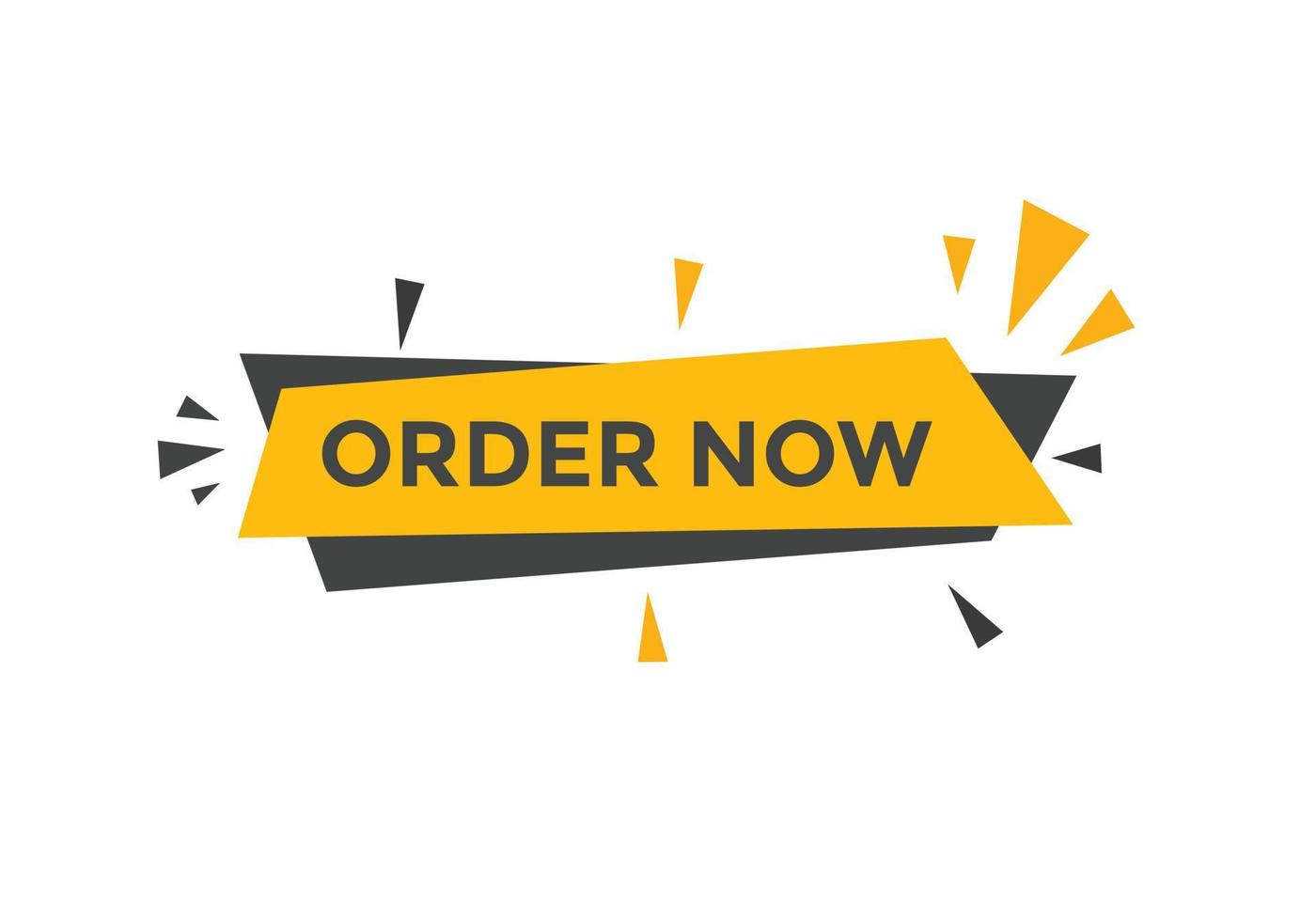BUS 335 OB Leadership Manual
Final Assessment Outline
Competency Name: Organizational Behavior
Competency Statement: Organizational behavior is a field of study that seeks to understand, explain, and improve human behavior in organizations at the individual, interpersonal, team and organizational levels. Students will gain an awareness and knowledge of contemporary issues and approaches to organizational communication and change facing organizations.
Final Assessment Title: Organizational Leaders Presentation
Program Learning Outcomes: PLOs Assessed in this course include:
PLO 1: Upon graduating, students will be able to professionally communicate effectively in a business manner
PLO 2: Upon graduating, students will have a clear understanding of managerial techniques and effective leadership qualities within the field of business
Competency Learning Outcomes (CLOs) CLOs
Students who successfully complete this course will:
- Demonstrate an understanding of individual mechanisms that influence organizational behavior, including motivation, ethics, satisfaction, change response, and decision making
- Demonstrate an understanding of group mechanisms that influence organizational behavior, including leadership, communication, power, and culture
- Demonstrate an understanding of organizational mechanisms that influence employee behavior, including organizational structure and culture
- Demonstrate an understanding of how to anticipate, manage, and influence organizational behaviors considering individual/group/organizational mechanisms
- Identify personal behaviors that affect job performance and effectiveness
Purpose of the Assessment
One of the most important leadership responsibilities in the modern workplace is to set the tone for what employee behaviors are acceptable and unacceptable. Throughout this competency, you will explore individual, group, and organizational mechanisms that influence employee behaviors. To ensure organizational goals are achieved, leaders must clearly define behavioral expectations, assess performance (individual, team, and organizational), and establish accountability systems that are fair and equitable….all while modeling appropriate behaviors themselves.
This assignment will give you the opportunity to demonstrate your understanding of organizational behavior, including your knowledge of best practices to maximize employee performance and commitment. It will also help you to hone the skills and mindset necessary for leadership success.
Submission Artifacts:
- OB Employee Handbook Assignment
Submission:
Overview: Select a company you are familiar with or that will be easy to learn more about – for most large and/or widely known organizations there will be enough information on the internet for you to be able to complete this assignment.
You should write this handbook as if you are a member of the executive leadership team at the company you select.
Your target audience will be incoming employees who will receive the handbook as part of their onboarding and orientation process.
Your handbook should include the sections outlined below:
1. Introduction
Describe the company as a member of its leadership team. Reinforce for the reader why they have made a great career choice to join your team. Also, describe what an excellent performance would be in your company. You don’t need to write about any specific job or task, just a general description of what is expected from a high-performing employee.
2. Individual Mechanisms
Individual mechanisms drive an employee’s behavior, which, in turn, can impact their team and organization as a whole. Explain at least three individual OB mechanisms so your new employee understands what the behavior expectations are in your organization. Provide guidance on how employees can demonstrate the desired behaviors. Be sure to note consequences for unacceptable behaviors (based on your own recommendations – these may not necessarily align with the actual company).
3. Group Mechanisms
Like most organizations, employees at your company work in a variety of formal and informal teams. As such, group mechanisms shape everything from peer relationships to work coordination to conflict management…all of which drives employee behavior. Share some best practices to help the reader be a more effective team member and potential team leader.
4. Organizational Culture
Describe (to the best of your ability) the culture at your company, emphasizing how the organization’s values and norms serve as a catalyst for employee behaviors and attitudes. In other words, explain how the “way we do business” at your company should impact how the employee conducts themself in their work. Also, address any organizational structure factors that may influence employee behaviors.
5. Summary
Wrap-up the manual with a simple summary that briefly recaps the importance of organizational behavior and leaves the reader with a positive, supportive final sentiment.
6. Afterword
Briefly discuss how you, as a result of completing this course, have become more aware of your own behaviors in the workplace. Are there behaviors you regularly exhibit that tend to have a positive impact on your workplace team(s) and organization? Do you exhibit behaviors that you now see could be counterproductive? How will you apply OB practices to your own behaviors?
Completing the Assignment: Reflect on your responses in the Milestone Activities to complete this final assessment.
Think of this handbook as a way to help employees in the company you selected be the best (not the worst) colleague/teammate. In addition





Reviews
There are no reviews yet.